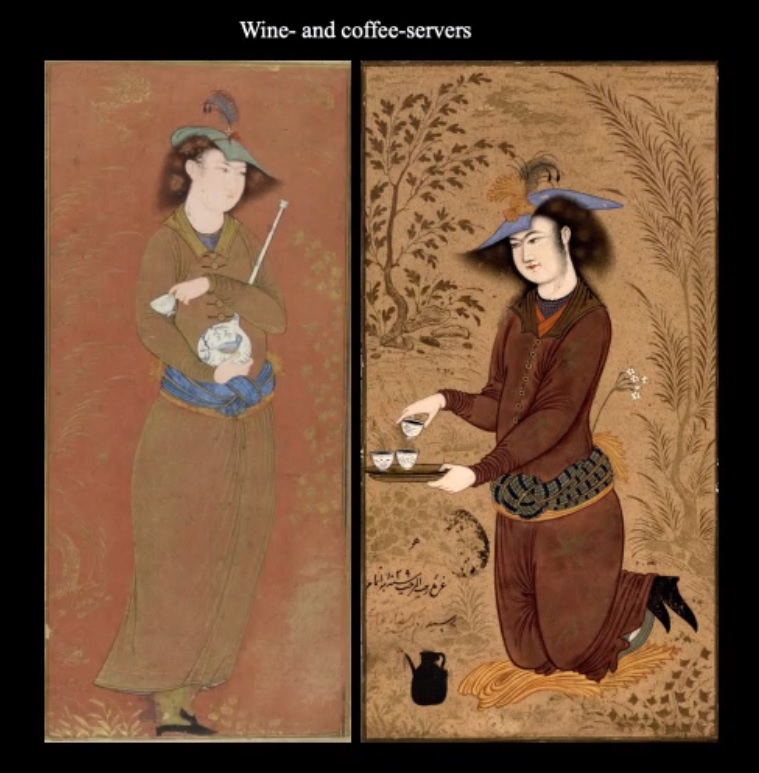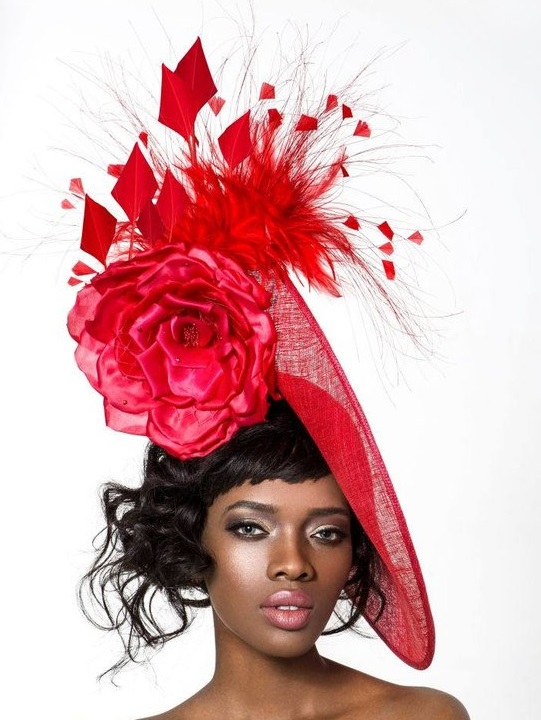FWP:
SETS == BASKIH; IDIOMS
For background see S. R. Faruqi's choices. This verse is NOT one of his choices; I thought it was interesting and have added it myself. For more on Ghalib's unpublished verses, see the discussion in {4,8x}.
On the possibilities of baskih , see {1,5}. On the nature of a 'niche', see {10,1}.
Alas for the rose-- as usual, the beloved is more 'stylish', more 'colorful'. His or her cap is worn at a more rakish angle, showing more kaj-kulaahii (see the definition above) than the rose could possibly muster. Although the verse doesn't specifically bring in the idea of the rakish angle and 'crooked-cappedness', the association with 'coquetry' can't fail to call it to our attention. And in fact the word kulaah is such an uncommon way to describe headgear (it never occurs at all in the published divan) that it brings its own powerfully idiomatic context with it.
Another instance of the attractive rakishness of kaj-kulaahii , this time on the lover's part: {392x,4}.
Compare a Mirian example: M{408,6}.
Rakish Persian kulaah -wearers (cited by Farshid Emami in a talk about the Chaharbagh in Isfahan, Nov. 2021):


Asi:
Since it has found defeat through the friend/beloved's colorful-styledness, the cap of the coquetry of the rose has come down and has been placed in the niche of the garden wall. In their spring flourishing, for the flowers to arrive at the wall of the garden is, so to speak, their taking off their hat [;Topii] of pride and coquetry, which is a proof of weakness and defeat. For the hat to be taken off is also used with the sense of losing one's honor.
== Asi, p. 168